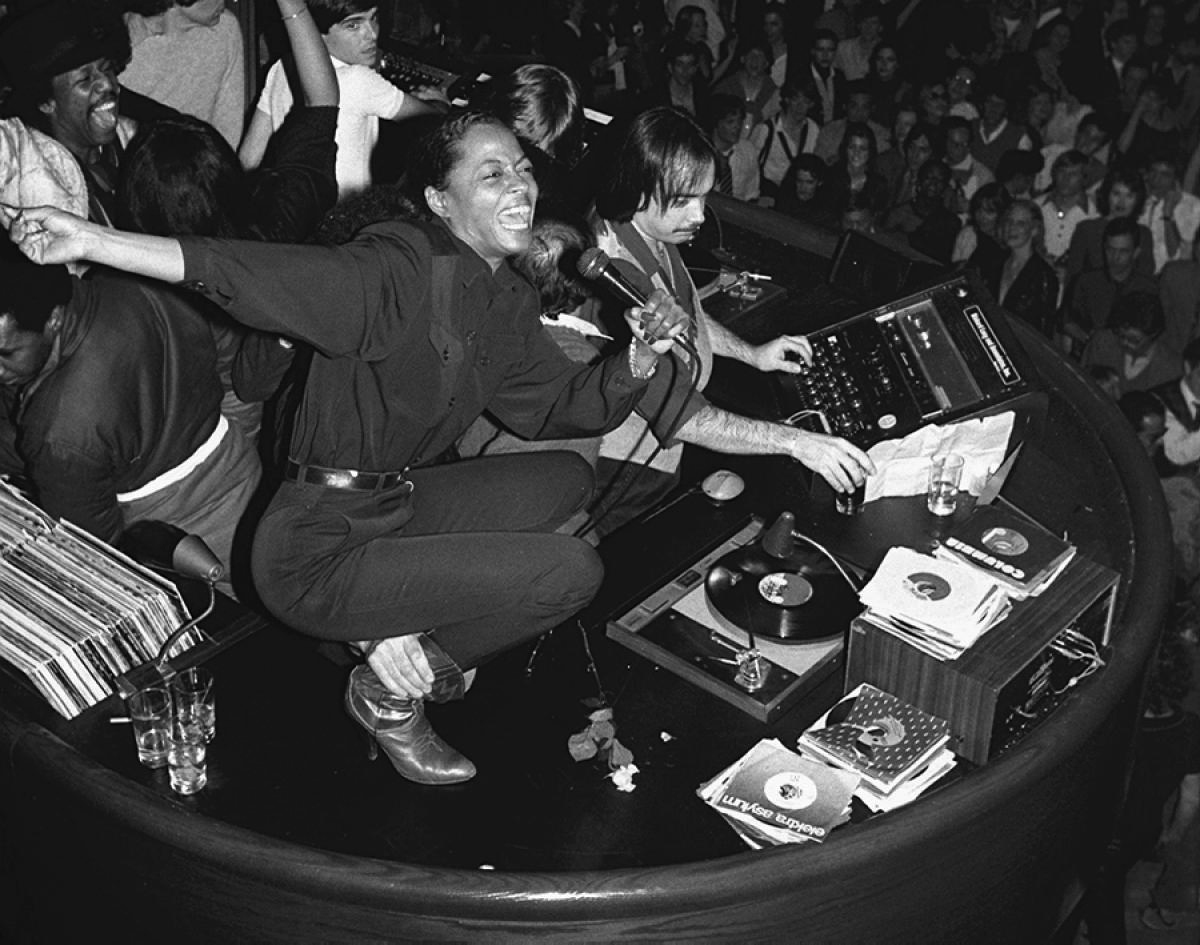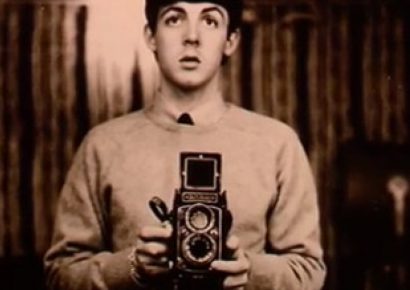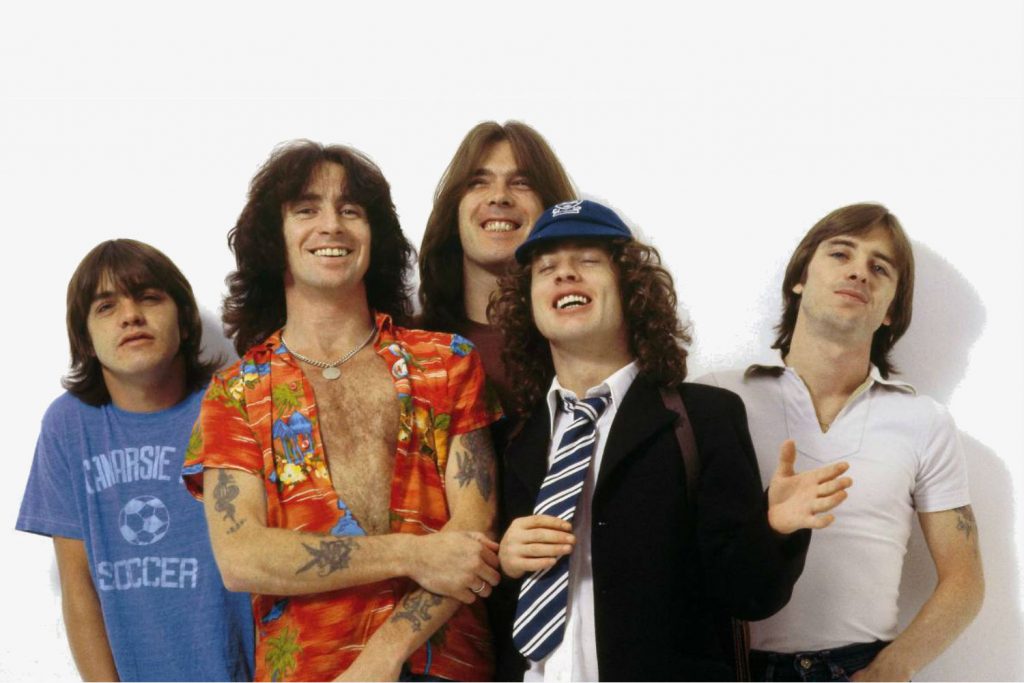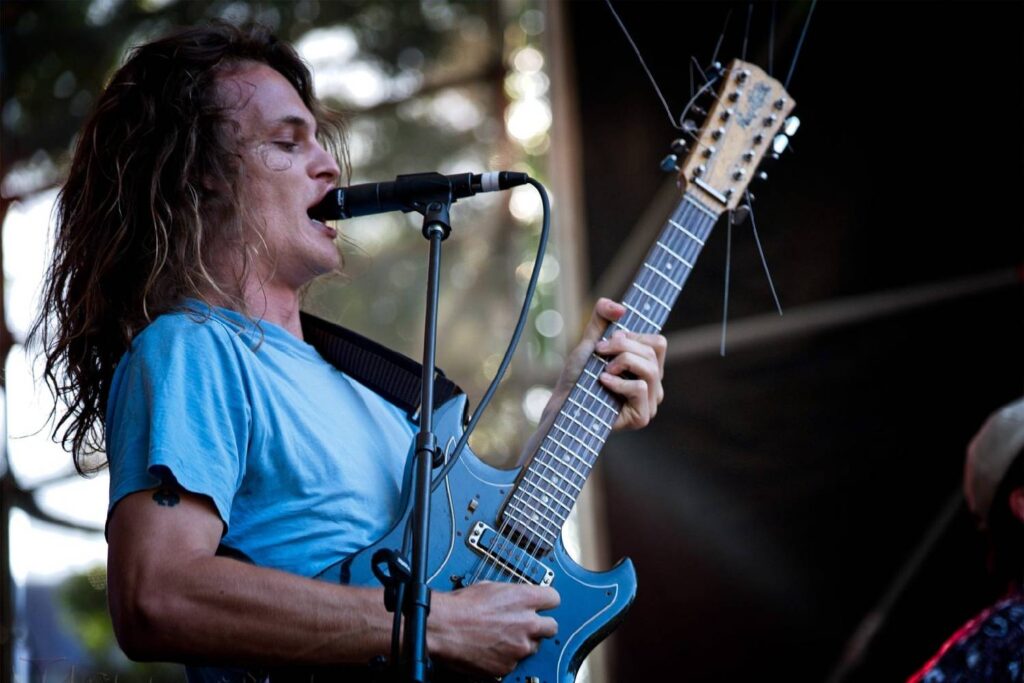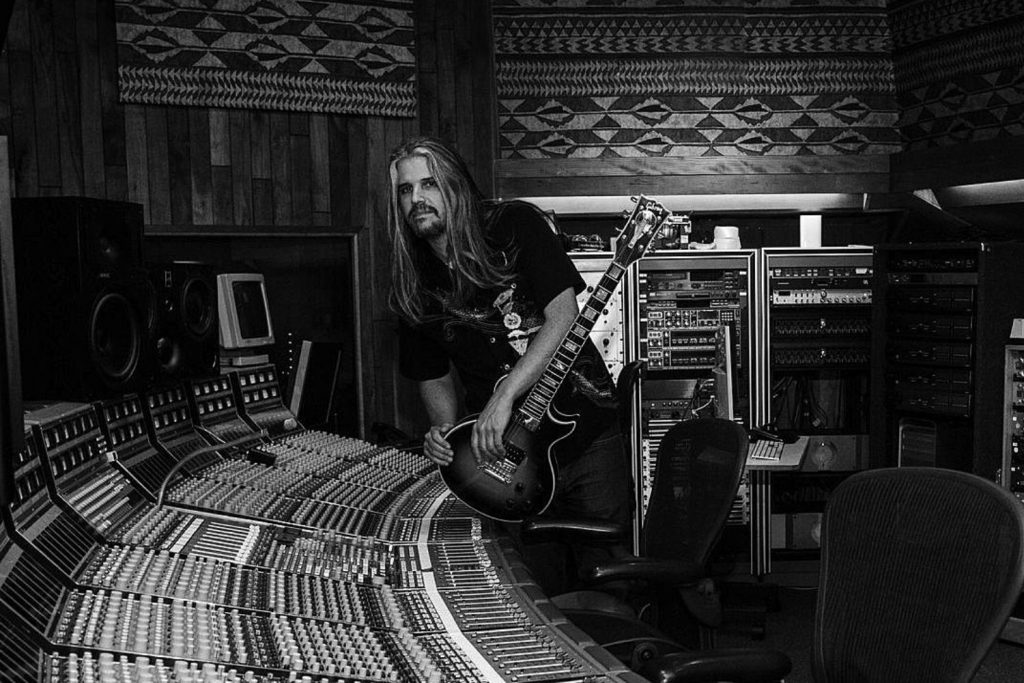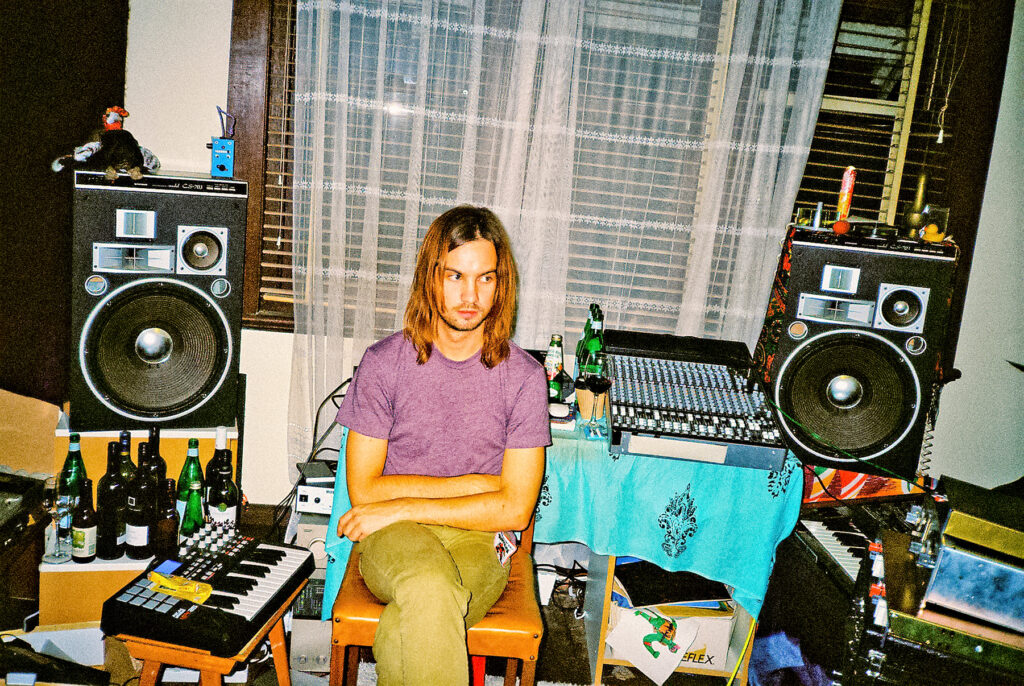Not Just a Radio Announcer
Thinking back to when DJs first appeared, what comes to mind is the radio announcers of the past, who would first perform on air, then began playing recorded music when it was possible. Moving on from then, the first suggestions of the modern DJ sprung up in the 70’s when disco took the world by storm. It wasn’t until hip-hop came to existence that the DJ really played a role as a performer and not just a glorified jukebox. This is when the reality of what two turntables and a mixer could achieve was realised, and it changed the course of music forever. By the end of the 80’s the DJ was now also a producer, as technology was tracking with the ever-growing demand for music making. Just as musicians were being used to add something to a DJ’s performance, DJs were also starting to be used as another element in a band, performing as an instrument amongst guitars, drums and keyboards.
Into the Now
Jump forward a few more years and suddenly we saw turntable sales overtake guitar sales in the worldwide market for a year and you have to ask yourself, “What is it all about?” The next 15 years saw a boom in DJ related products that continued to push the boundaries of what a DJ can do in music production and performance. Just as the musician has evolved to become in part an engineer, producer and marketer, the DJ has done the same. In fact, the DJ has become the modern musician and vice versa, as both tread into similar waters with technology, although both continually seem to present themselves as something different. The fact is that the modern musician is the DJ; the only thing that separates one from another is the choice of platform and instrument used.
Consider the uninitiated in the music world through classic channels, and how easy it is for them to now create and share. Anyone can download an app to their phone and make music from it in a matter of minutes. Companies like Korg have began to capture the imagination of the ‘possible DJ’ by offering products like the Kaossilator and Mini Kaoss Pad. These devices are small, compact and easily allowed the untrained user to create music. This has then been translated into phone and tablet apps that capture the same imagination. There are plenty of guitarists I know that would never go near any DJ gear, but when they got the Native Instruments Machine app on their phone, they had a ball and were making all sorts of stuff that they would previously have rejected had it not come from their making.
This is where it is all heading. We are right at a point where there is no real de ned answer to the question of “what is a DJ?” The reason for this is that each and every one of us that chooses to move with technology is becoming one as the de ning values of what a DJ is are changing. It all comes down to how we harness that chance and how creative we allow ourselves to be, that will determine which of the new breed of DJ will shine. Of course, the person behind the turntables or computer in the booth at a club is a DJ, but we are all only a few steps shy of that ourselves. Because of this, there is a lot of noise out there.
Anyone has the ability to make and create this noise, the challenge into the future will be defining what is worthwhile and what is just more noise. Music can now be created and published in such a short timeframe and with such an enormous audience, which means we are headed for an overcrowding of musical space, if we haven’t already gotten there. Each and every DJ or musician is contributing and we the audience, as both creators and purveyors of music need to sort it out for ourselves. Vote with your ears and create with your souls and the results should speak for themselves. Until then, there is always the mute button.
